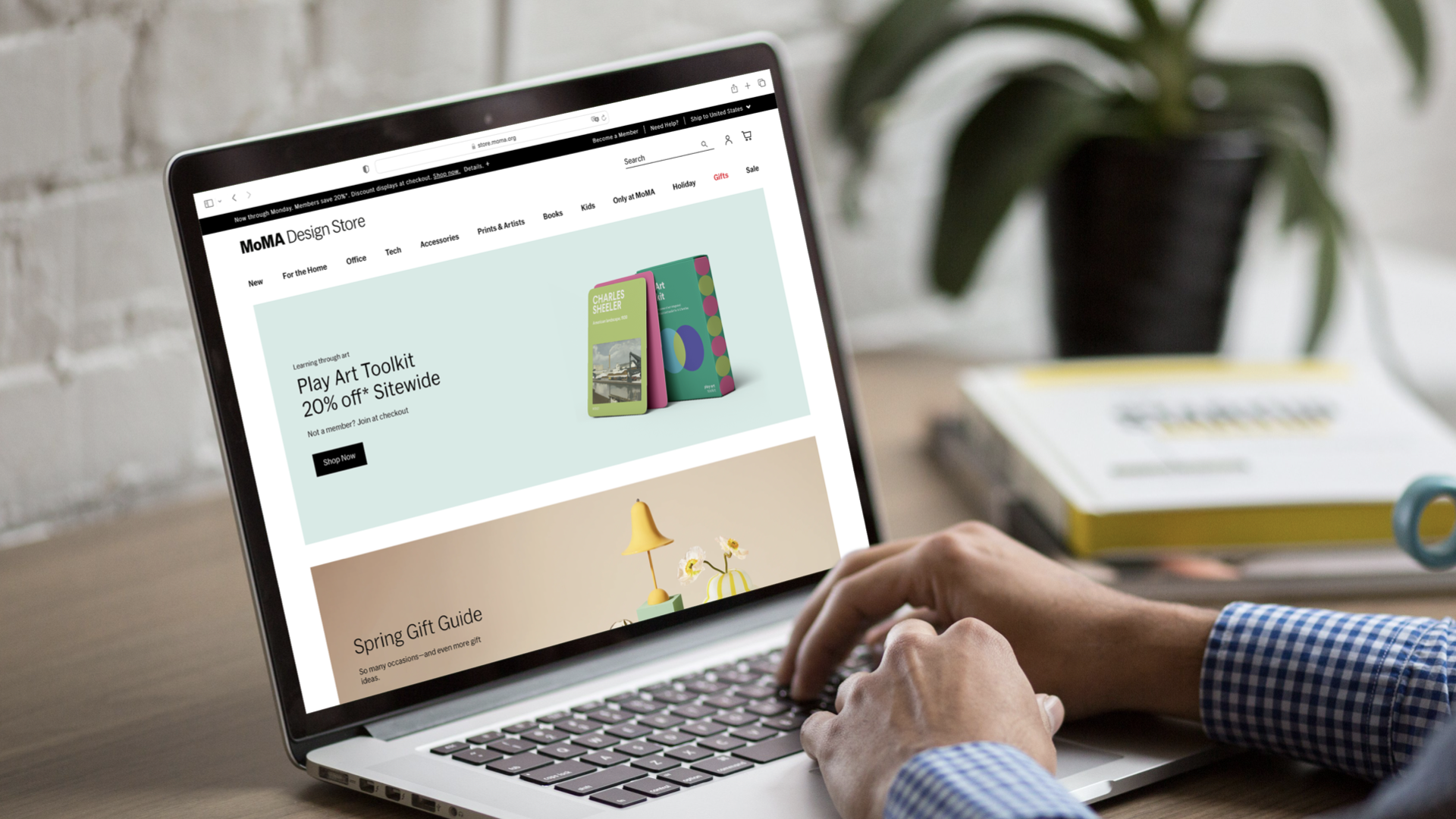Well-rounded: Using Art to Enhance Interdisciplinary Learning
Cathy Tung's thesis, Well-rounded: Using Art to Enhance Interdisciplinary Learning, sheds light on the potential of art-integrated education to promote the development of hard and soft skills in children. Cathy highlights that traditional education, confined within classroom walls, can be mundane and unstimulating for children to engage with. Conversely, incorporating resources from art museums as a location-based learning tool can provide an interactive and engaging experience that presents opportunities for interdisciplinary learning. This approach can also address the budgetary constraints public schools face in providing adequate art education, particularly in the wake of the COVID-19 pandemic and the associated budget cuts.
"Research has shown that integrating arts with other subjects can improve students' academic achievement, social-emotional learning, and mental health." - Andrea Solstad, Brooklyn Museum
To gain a deeper understanding of the art-integrated approach, Cathy Tung conducted eight shadowing activities and one co-creation workshop in various museums, including the Brooklyn Museum, MoMA, the Metropolitan Museum of Art, the Brooklyn Children's Museum, and the Rubin Museum of Art. Through her research, Cathy concluded that art-integrated pedagogy can be a successful strategy for enhancing interdisciplinary learning.
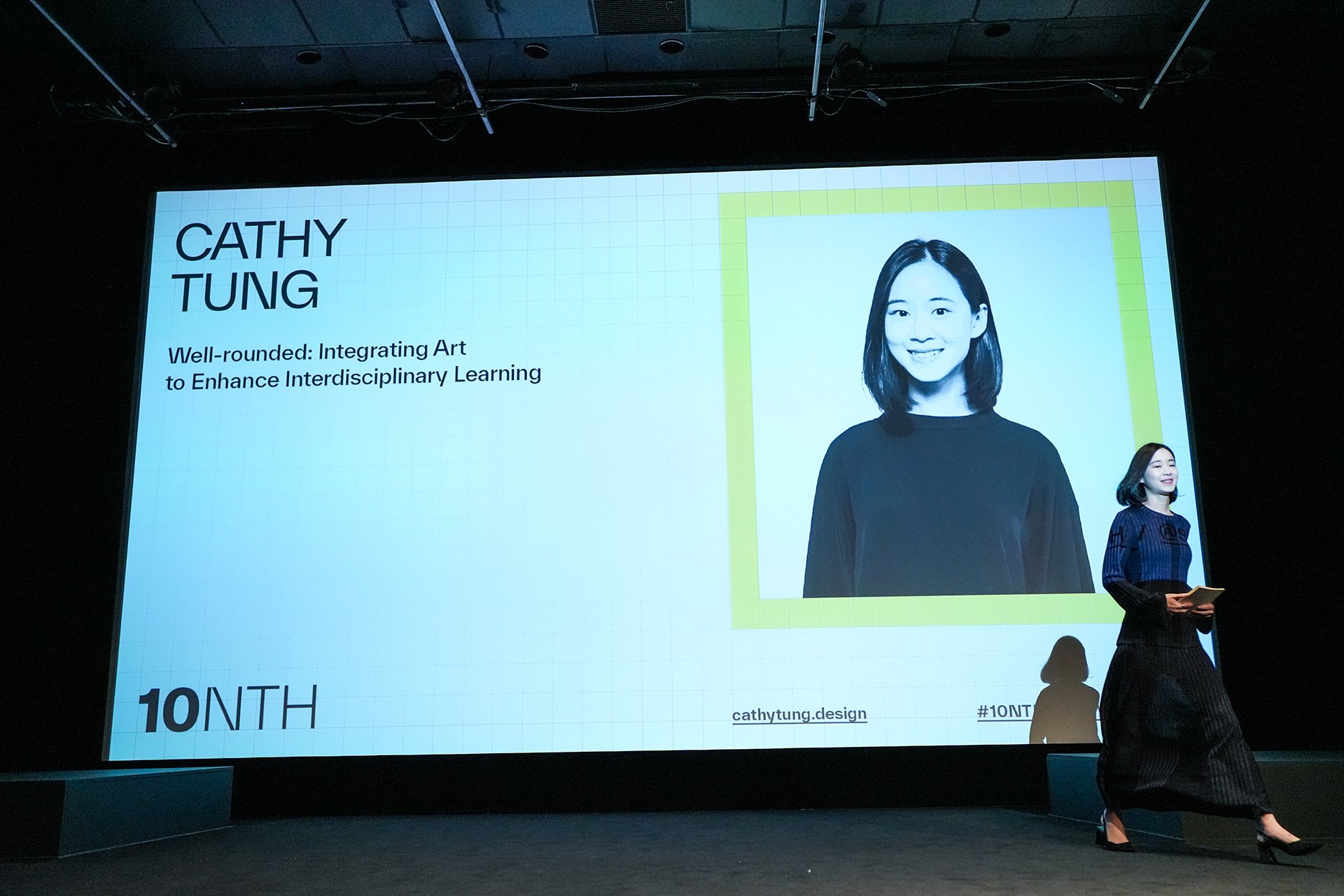
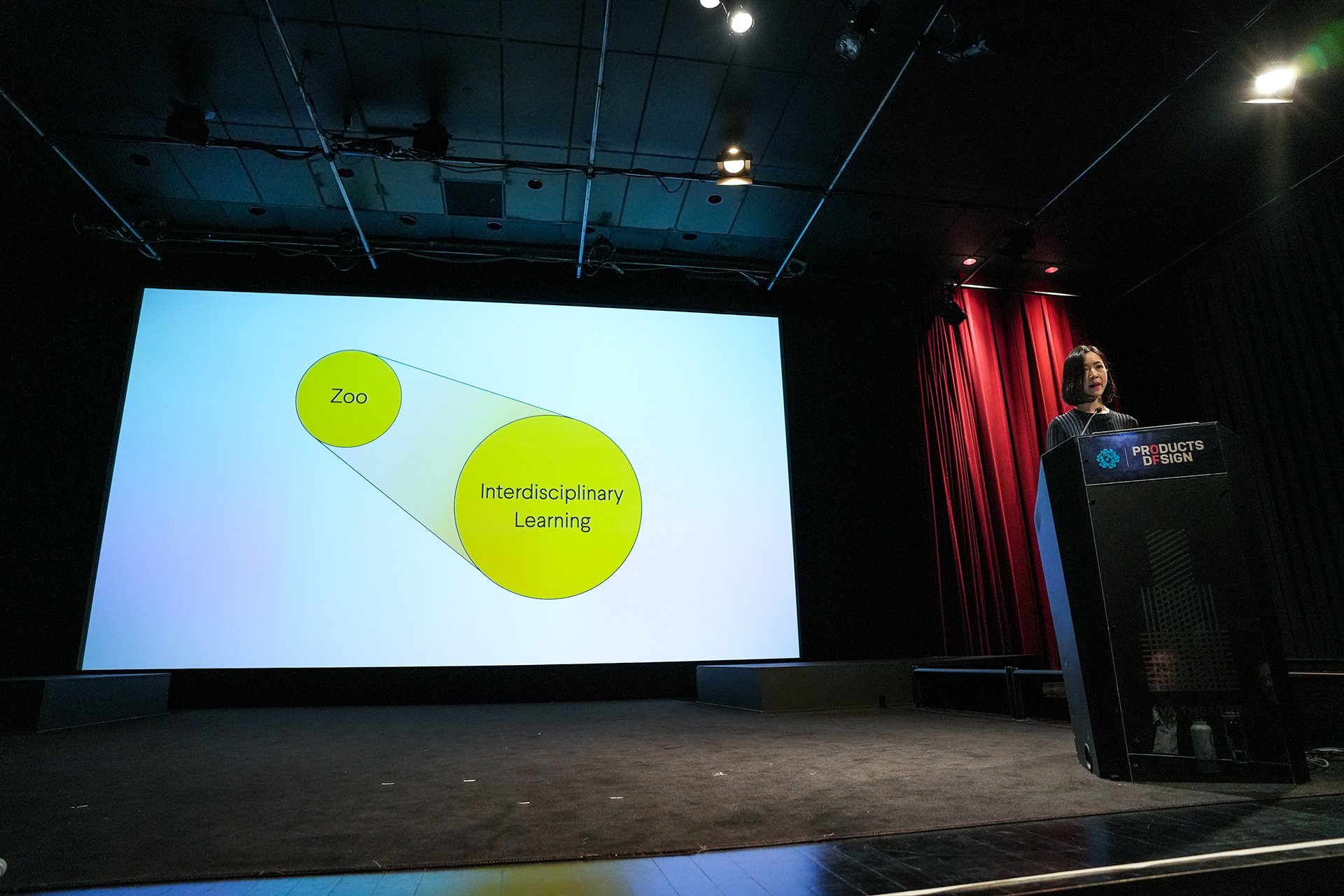
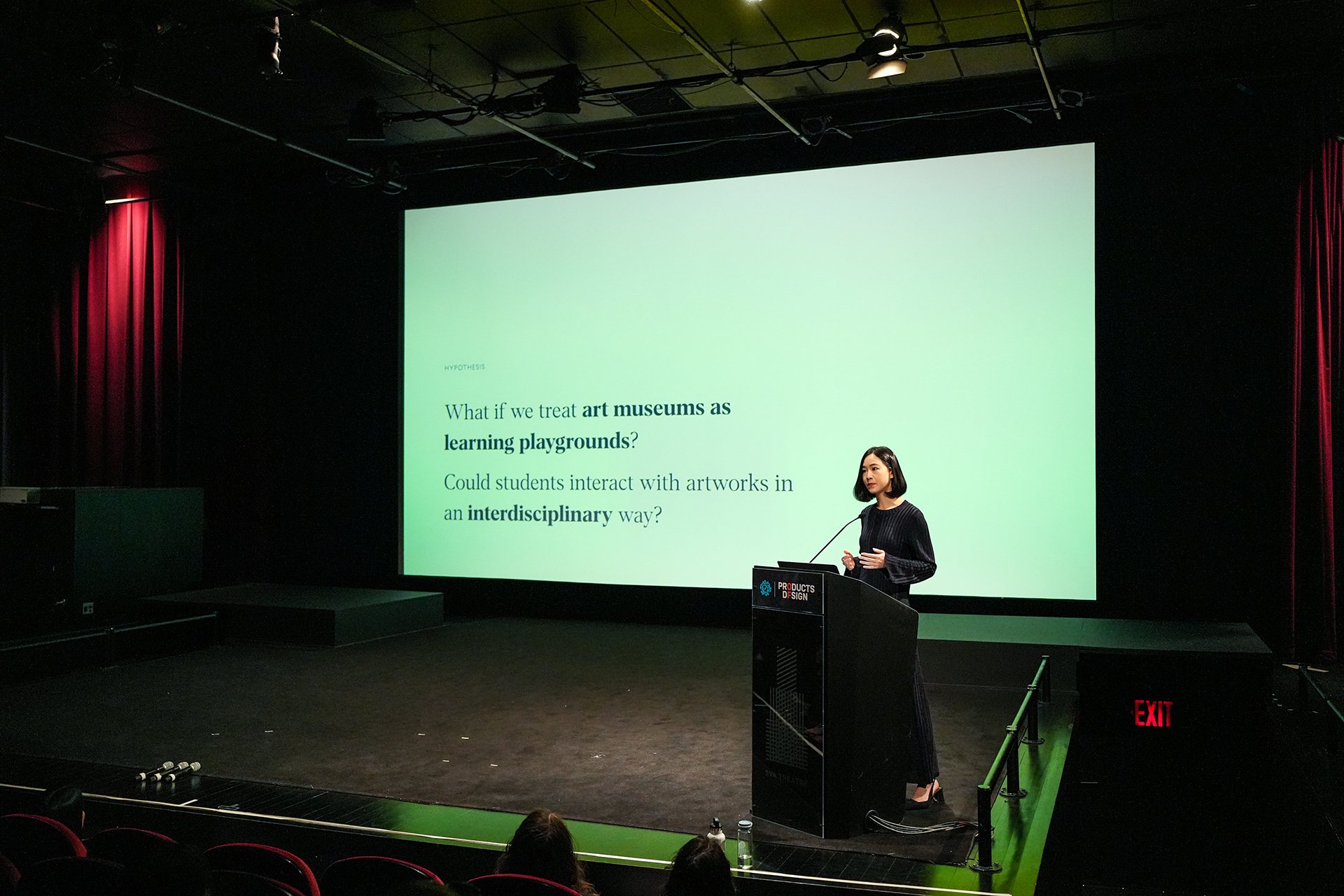
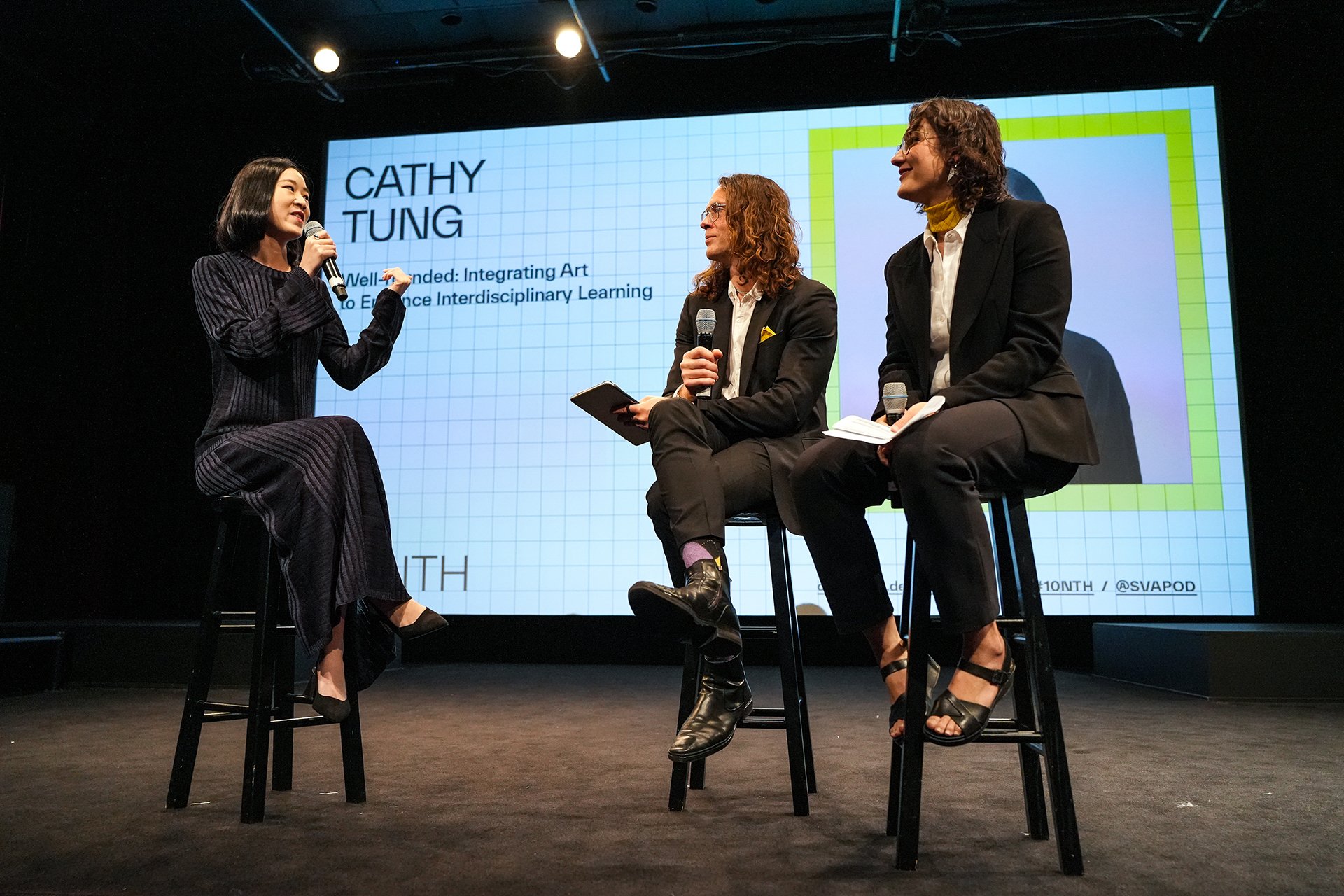
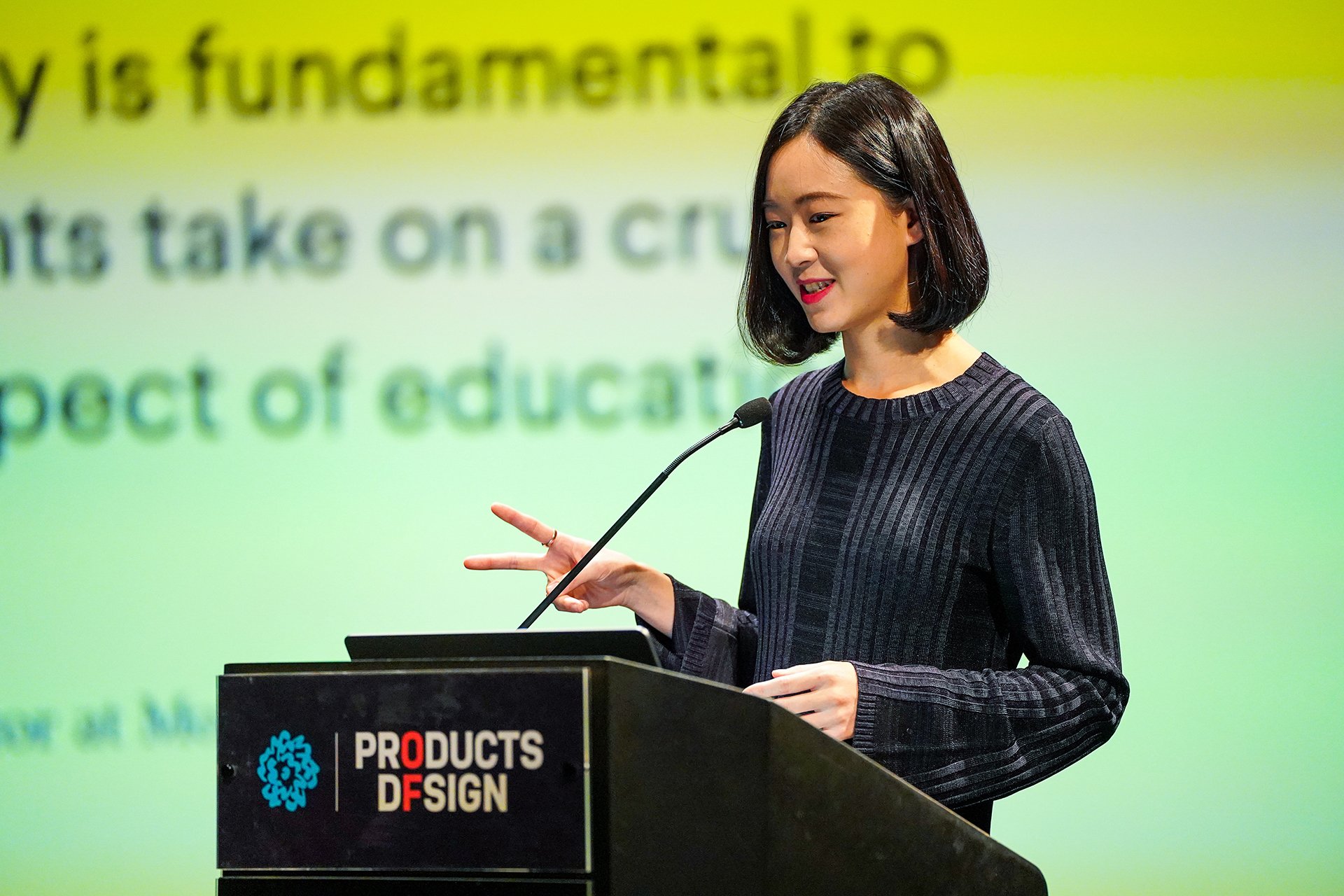
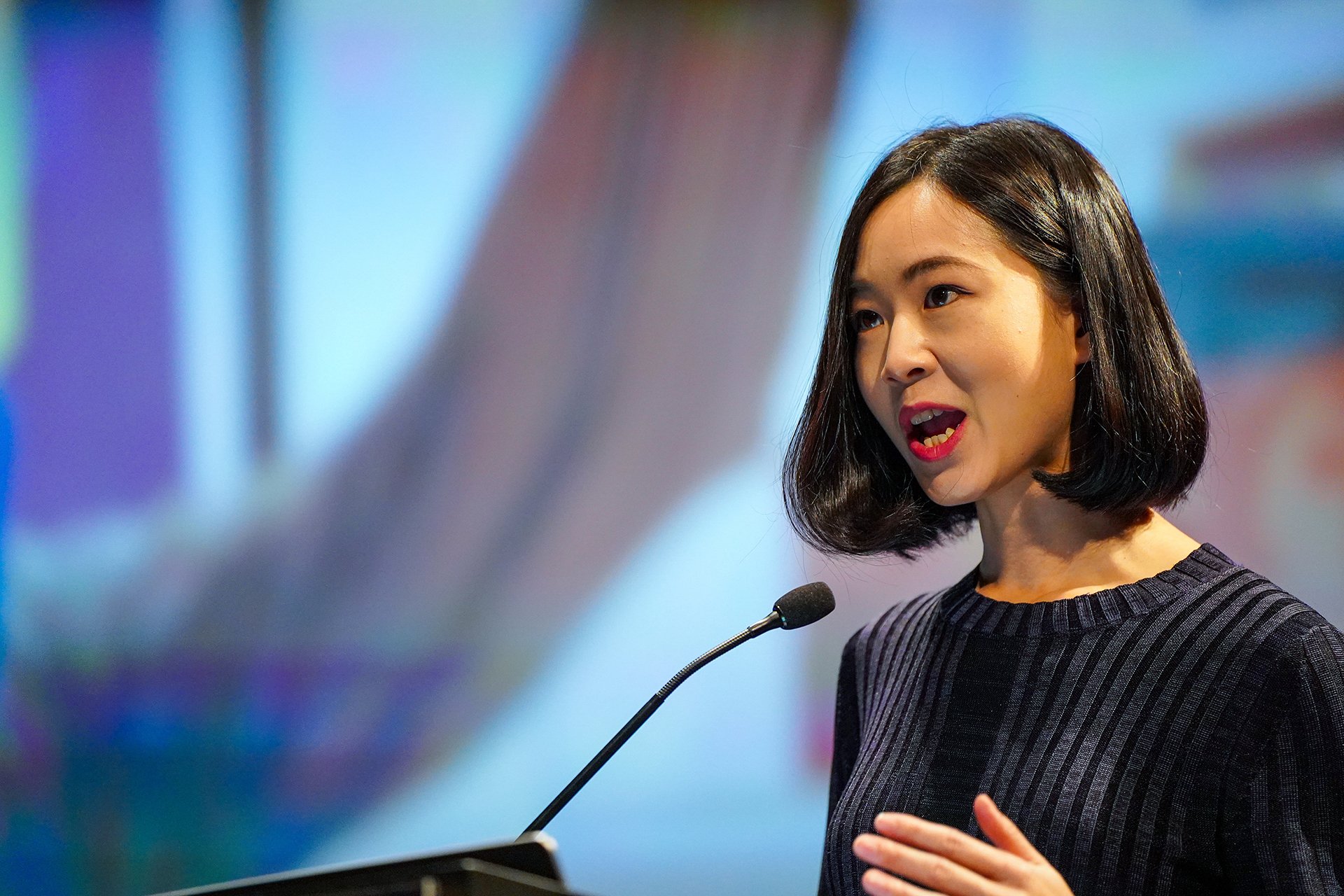
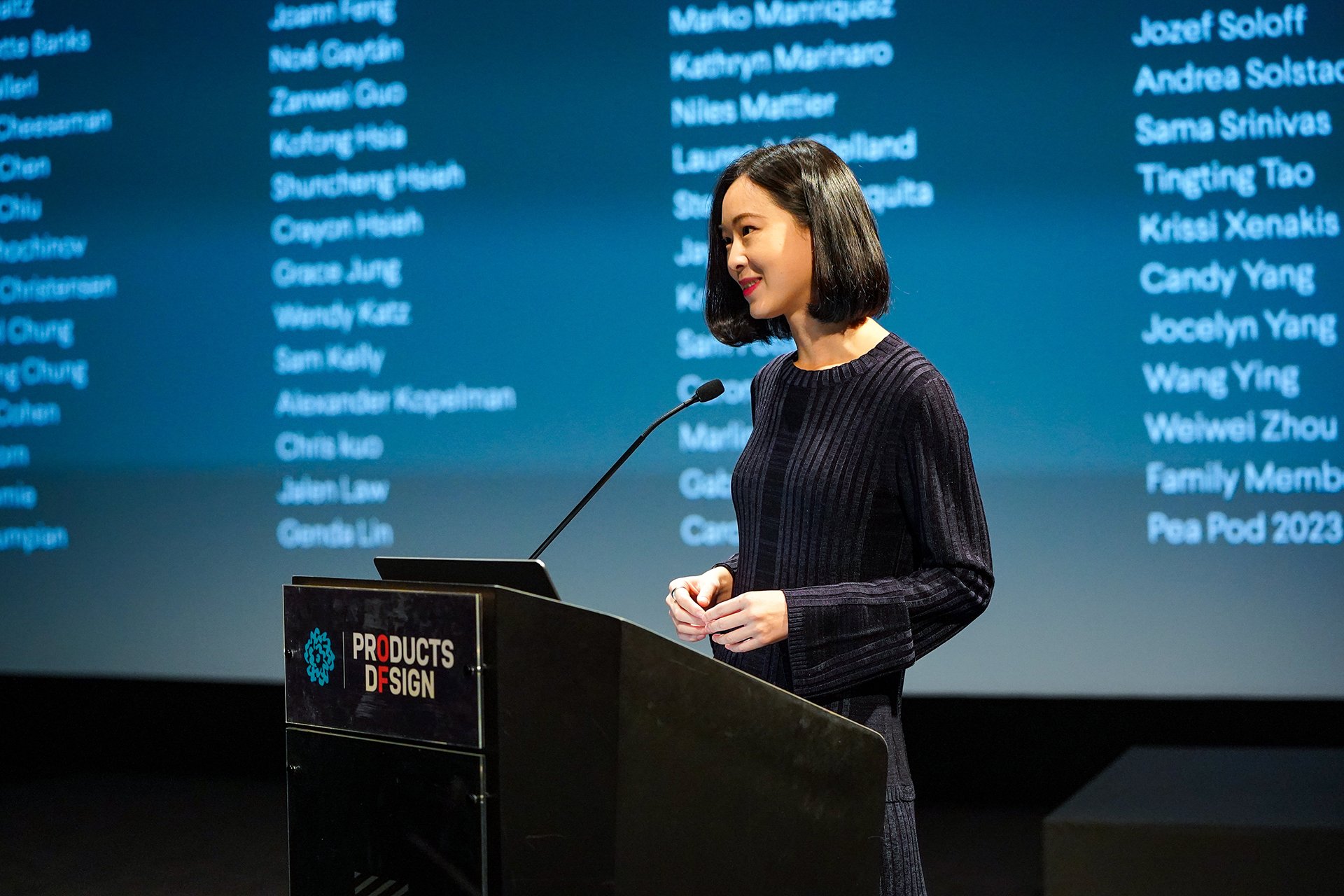
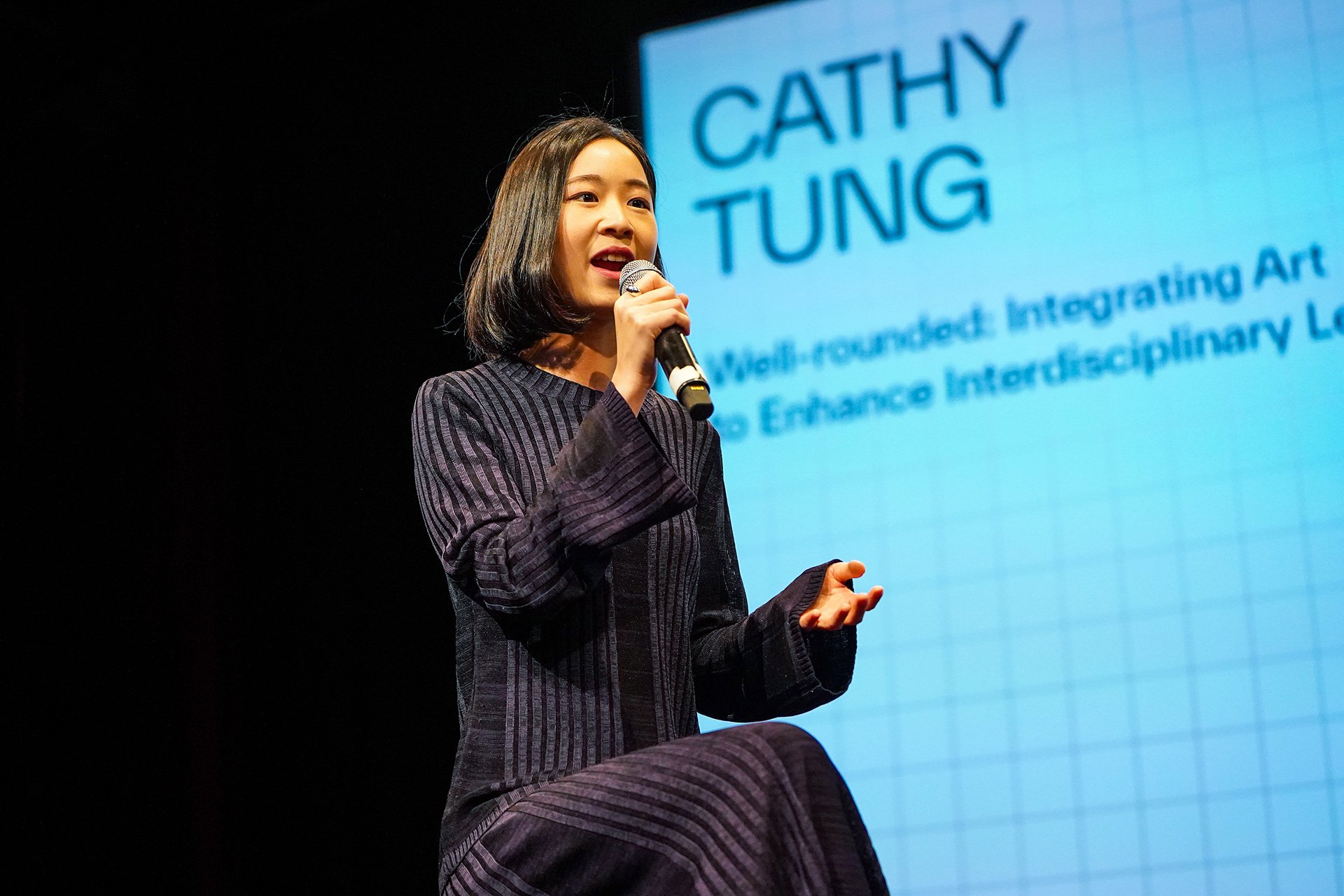
Additionally, Cathy’s interview with Wang Ying, a kindergarten educator at Montessori School, revealed that allowing children to play is crucial to their learning, and parental involvement plays a significant role in fostering this aspect of education. These insights led Cathy to focus on developing playful and family-oriented experiences, recognizing the importance of parental engagement in facilitating skills acquisition.
Play Art Game: An Immersive Gamified Learning Experience in Art Museums
Play Art Game is a mobile application designed for K-5 families, offering an immersive and interest-based learning experience. The app is curated with various journeys, customized to the child's interests, and features role-playing tasks such as zookeeper, chef, architect, musician, and more, making learning fun and engaging.
The app enables families to explore museum collections and walk through various tasks to observe art and embed subject knowledge. Through the game, children can build their critical thinking and creativity, making learning an enjoyable and interactive experience for the whole family.
Play Art Viewer: An Interactive Tool to Discover Art from New Perspectives
Play Art Viewer is an interactive educational tool designed for children in grades K-2, aimed at promoting observation skills and curiosity through exploring artworks. This tool comprises two distinct features. The first wheel enables children to observe artworks from different perspectives and discover different shapes, facilitating a deeper understanding of geometry and patterns.
The second wheel focuses on colors, allowing children to express their creativity and learn how to communicate their feelings through art. The modular design enables children to use each wheel individually, or they can customize the tool to learn color theory in a way that is most engaging and relevant to them.
Play Art Toolkit: A Flexible Art-Integrated Guide for Parents to Teach at Home
The Play Art Toolkit is a card toolkit designed for K-5 students that combines art-integrated pedagogy with the Elementary School Learning Standards established by the NYC Department of Education.
This toolkit aims to assist parents in teaching their children at home in a flexible teaching style that can be adjusted to suit their individual preferences. The toolkit consists of a step-by-step guide that follows seven steps: preparation, guide, look, know, think, create, and share.
This guide provides prompts to initiate dialogues and motivate children to express their feelings, encouraging conversation and facilitating a two-way learning experience.
To learn more about Cathy Tung’s work, take a look at her projects in more detail at cathytung.design.




















